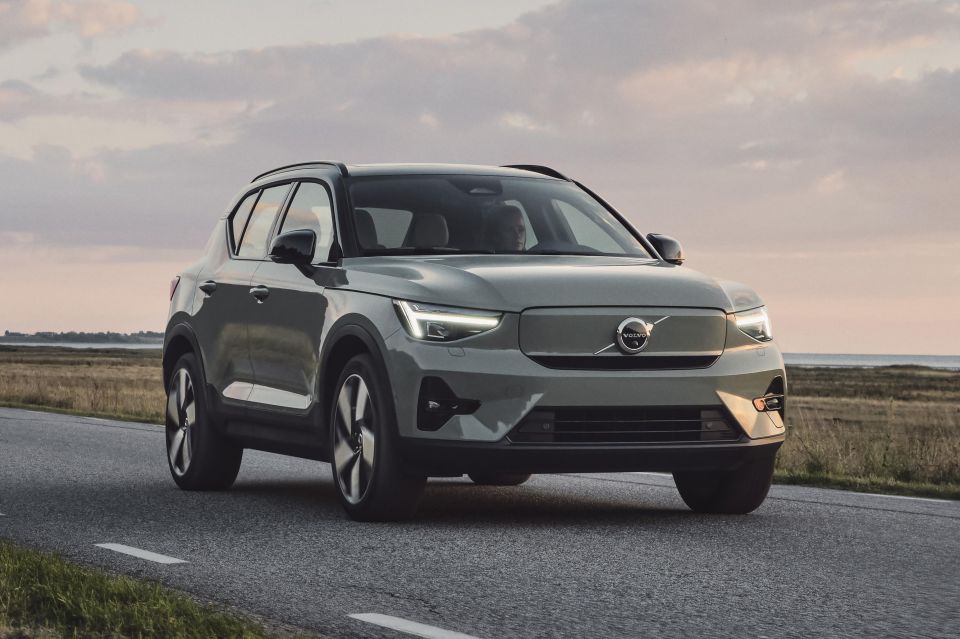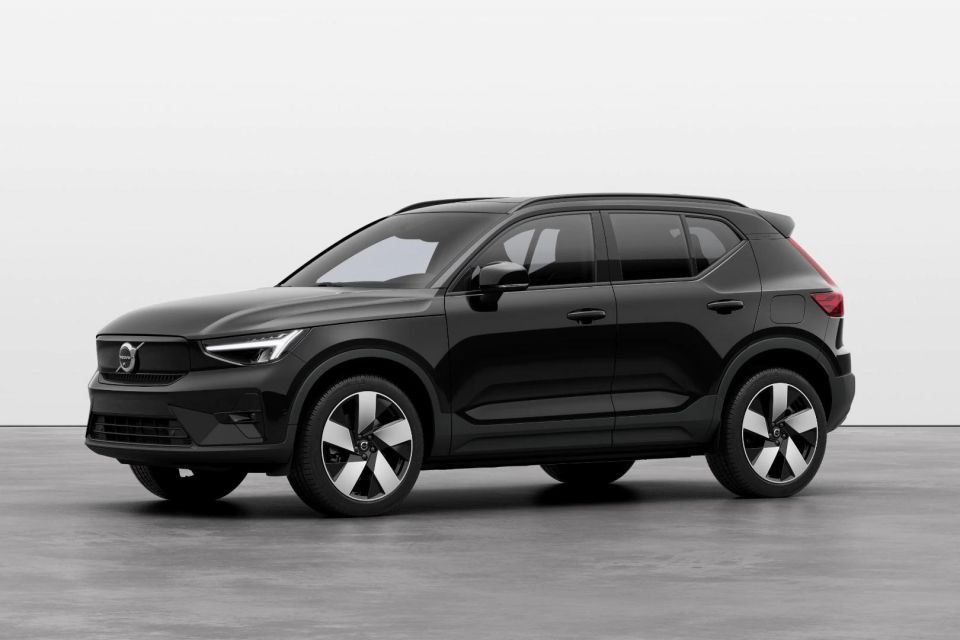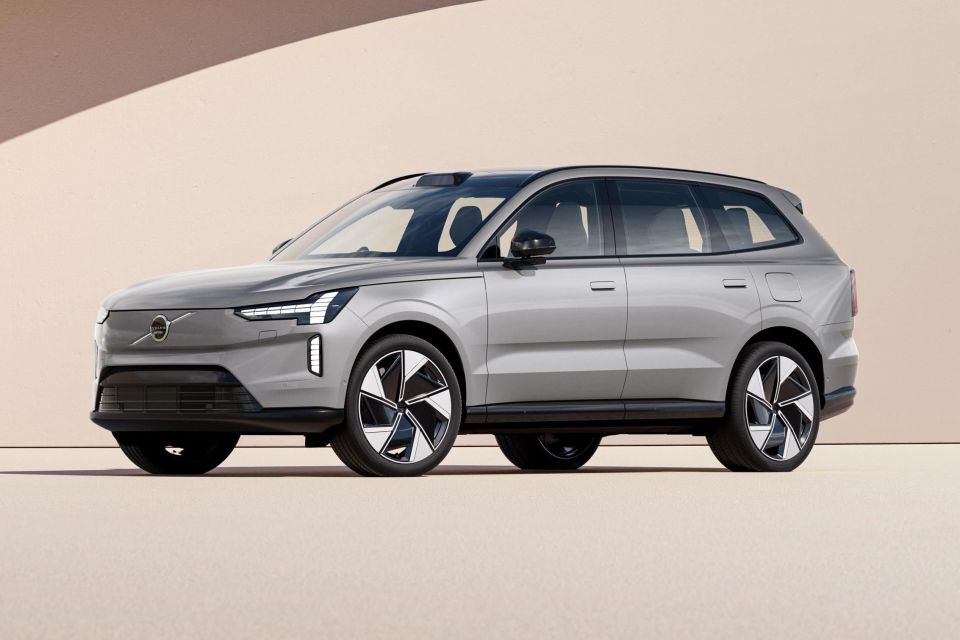

Max Davies
How Audi, BMW, Honda, Mercedes-Benz, and Suzuki started out in Australia, and where they are now
11 Hours Ago

News Editor
Volvo Cars CEO Jim Rowan says he expects the brand’s electric vehicles to reach price parity with its combustion-powered models within the next 2-3 years.
“We think we get [to price parity] … around 2025, where there’ll be enough technology that’s driving down cost on the battery,” he told Automotive News Europe.
“Technology will drive range up. Less batteries, but more range, at less cost — we’ll get there.”
Volvo aims to reach battery pack costs of $100 per kilowatt hour (kWh) by 2025-26. The CATL-sourced lithium iron phosphate battery in the Tesla Model 3 is currently the global leader in affordability according to a recent teardown, with a cost of $131 per kWh.

Mr Rowan made these claims of imminent price parity as Volvo deals with rising raw material costs, citing lithium in particular in its third-quarter presentation to investors.
The Volvo CEO’s view on parity stands in contrast with Renault CEO Luca de Meo, who said last month, “I do not see this parity getting close”.
He singled out the cost of raw materials as being one of the largest handicaps to lowering EV pricing, noting they account for 80 per cent of the cost of a battery.
“I can come up with better battery chemistry and better power electronics, but these gains would be erased when the price of cobalt doubles in just six months,” said de Meo.

With Volvo’s premium positioning, however, its buyers are less likely to be price-sensitive than Renault’s, which sells a range of mainstream small cars and crossovers.
Its upcoming sub-XC40 electric crossover, teased recently, may target more price-sensitive buyers, though there are no plans to offer a combustion-powered version.
Mr Rowan also noted the new crossover could be offered on a subscription basis to customers.
Automotive News Europe notes that, while some material costs have increased, the overall price of a battery has plunged 80 to 90 per cent over the past 12 years – though, naturally, there’s a lot more demand for batteries as more automakers enter the EV space.


Currently, Volvo sells just one vehicle in Australia that’s available with both combustion power and pure electric power: the XC40.
$20,000 separates the petrol-powered Plus B4 base model and the most affordable electric model, the Recharge Pure Electric.
However, these two variants don’t feature the same level of equipment, with the EV receiving additional equipment over the Plus B4.
Volvo plans to exclusively sell electric vehicles by 2030 worldwide, but its Australian division announced earlier this month an ambitious plan to cease combustion vehicle sales locally in 2026.

According to a report from Automotive News earlier this year, the upcoming sub-XC40 crossover and new EX90 will also be joined by an electric XC60 replacement, an SUV to slot between the XC60 and EX90, plus a sedan and two wagon-like “activity vehicles”.
In addition to announcing his goals for price parity, Mr Rowan also criticised EV manufacturers reliant on government subsidies.
“There’s no way that any company should be relying on government subsidy to be successful,” he said.
MORE: Volvo Australia going EV-only from 2026
Where expert car reviews meet expert car buying – CarExpert gives you trusted advice, personalised service and real savings on your next new car.
William Stopford is an automotive journalist with a passion for mainstream cars, automotive history and overseas auto markets.


Max Davies
11 Hours Ago


William Stopford
11 Hours Ago


Derek Fung
11 Hours Ago


Max Davies
19 Hours Ago


William Stopford
1 Day Ago


Ben Zachariah
1 Day Ago